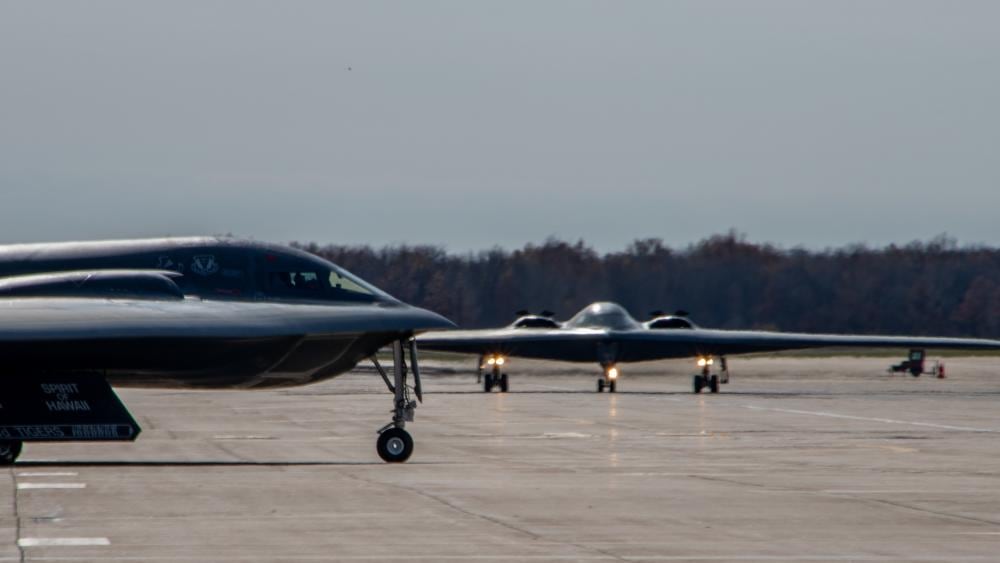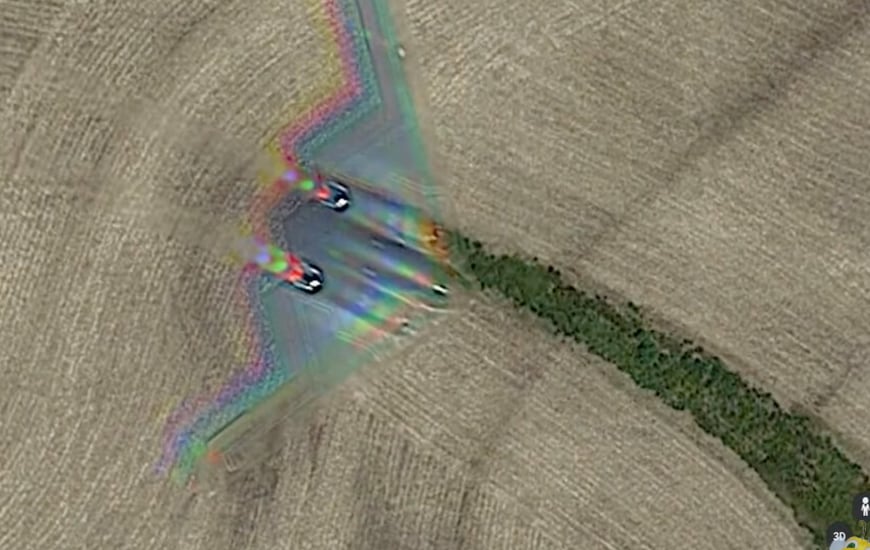The Air Force’s B-2 Spirit stealth bombers will resume flying May 22, following five months of safety inspections after one caught fire last December, the service confirmed Friday.
Gen. Thomas Bussiere, the head of Air Force Global Strike Command, approved the nuclear-capable fleet’s return to normal operations on May 18, command spokesperson Brus Vidal said.
“We successfully accomplished all necessary actions to safely return to full flight operations,” Vidal said. “Our ability to deliver nuclear deterrence and provide long-range strike was never in doubt.”
RELATED

He did not answer whether the Air Force found issues with the fleet that required fixing before the jets could fly again, or whether any bombers are still out of commission.
It’s unclear what the Air Force was looking for as it surveyed the Spirit fleet in the aftermath of its second mishap in two years.
On Dec. 10, 2022, an undisclosed in-flight malfunction forced a B-2 crew to make an emergency landing at Whiteman Air Force Base, Missouri, where firefighters extinguished flames at the scene. No one was injured, Whiteman’s 509th Bomb Wing said.
The Air Force has not yet released a public version of its investigation into that accident.
The incident came about a year after another Spirit bomber’s landing gear failed, causing it to skid off of Whiteman’s runway and into the grass with one wing on the ground. The mishap cost the Air Force nearly $10 million.
The service hasn’t said whether that B-2, or the one that caught fire in December, have returned to regular operations.
Global Strike stressed during the pause that the B-2s could still be dispatched on the president’s orders or in support of homeland security in an emergency.
B-2 accidents are rare: Before 2021, the most recent recorded incident was in fiscal 2015, according to the Air Force Safety Center. That was preceded by a fire that heavily damaged one bomber in 2010. Another B-2 was destroyed in a crash upon takeoff in Guam in 2008.
The Air Force’s fleet of 19 operational B-2s at Whiteman have flown long-range strike and surveillance missions since the 1990s, from NATO’s Operation Allied Force in Yugoslavia to campaigns against the Islamic State group in the wider Middle East and Africa.
RELATED

The two-pilot aircraft can tote up to 40,000 pounds of nuclear and conventional munitions and have participated in rotational deployments around the world aimed at preventing Russian and Chinese aggression toward the U.S. and its allies.
But the fleet is expensive to fly and has struggled to stay in top shape. The B-2s logged a 52.8% mission-capable rate in fiscal 2022, meaning just half of the jets were able to perform at least one key mission in flight, the Air Force said May 15. That metric has fallen nearly 6 percentage points since the previous fiscal year.
The service plans to retire the fleet in the next 10 years to make way for the B-21 Raider, a more advanced stealth bomber that can carry both conventional and nuclear weapons.
Rachel Cohen is the editor of Air Force Times. She joined the publication as its senior reporter in March 2021. Her work has appeared in the Washington Post, the Frederick News-Post (Md.), Air and Space Forces Magazine, Inside Defense, Inside Health Policy and elsewhere.




